Once a pipeline has been built in a project, it can be saved and re-used in other projects. The settings for each of the tasks will be saved, including the advanced settings. However, when running a saved pipeline, you may be prompted to specify additional settings (see Running a Pipeline). Furthermore, the task version is also saved. In very rare cases, a pipeline may include a version of a task that is no longer supported by Partek Flow. In this situation, the most recent version of the task will be applied to the data. For more information on task versions, see Task Management.
To save a pipeline:
Click the Make a pipeline link at the bottom of the screen under the Analyses tab (Figure 1)
Figure 1. Make a pipeline link shown underneath the task graph, under the Analyses tab of a project- In the dialog, name the pipeline and add an optional description (Figure 2). Make sure the Section name is set to Pipelines
Figure 2. Add a name and description of the new pipeline Left-click the rectangular task nodes you wish to save as part of the pipeline from the task graph. Selected tasks will have a thick black outline (Figure 3)
Figure 3. Choose the tasks from the task graph that you wish to include as part of the saved pipeline by left-clicking the rectangular task nodes. In this example, all four tasks will be saved- Click the Make pipeline button (Figure 2). This saves the pipeline and the screen will return to the Analyses tab. To check if the pipeline has been saved, select the circular data node preceding the first task in the saved pipeline and it will appear in the context sensitive menu on the right under Pipelines (see Running a Pipeline).
Note that it is not necessary to select all of the tasks from the task graph. It is possible to select a subset of the tasks, but the selected tasks must be consecutive (Figure 4).
It is also possible to select multiple layers and include them in the saved pipeline (Figure 5). Different colored layers represent tasks that have been re-run, possibly with different settings. Thus, including multiple layers in the saved pipeline allows you to incorporate the testing of different task settings as part of the pipeline. For more information on layers, please see Creating and Analyzing a Project.
To have a document showing all the steps in a pipeline, select one of the final data nodes (e.g. a Feature list node in Figure 3) and choose Data summary report. Details of each task in a pipeline will be shown on a single page, which can be saved as a PDF or HTML file. See Data summary report for more details.
Additional Assistance
If you need additional assistance, please visit our support page to submit a help ticket or find phone numbers for regional support.


| Your Rating: |
    
|
Results: |
    
|
32 | rates |
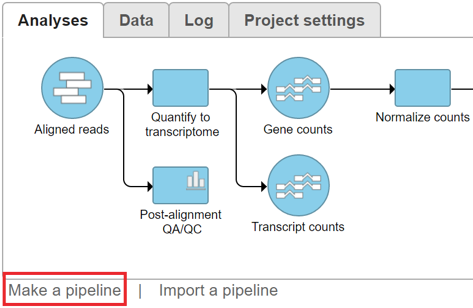

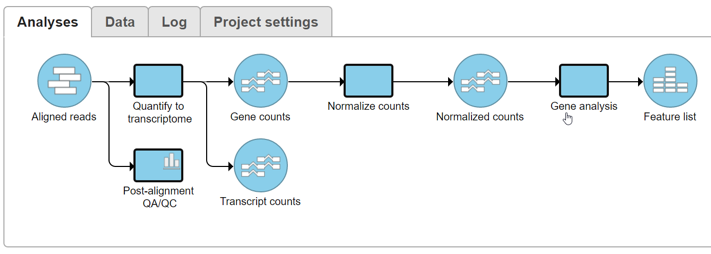
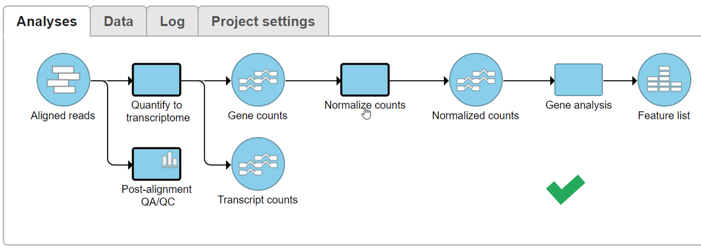
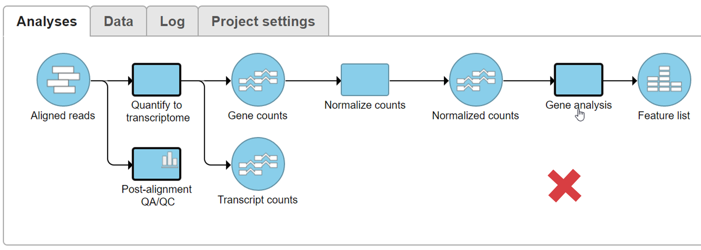
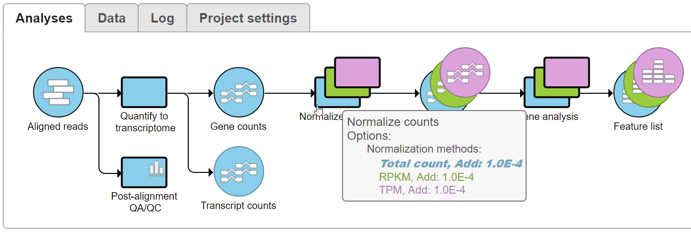
1 Comment
Melissa del Rosario
author: spatel